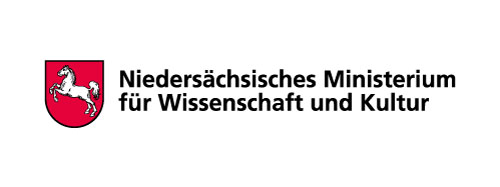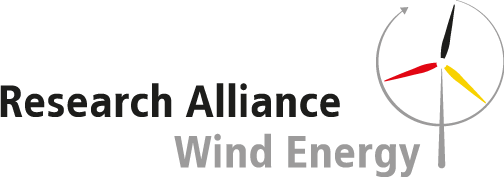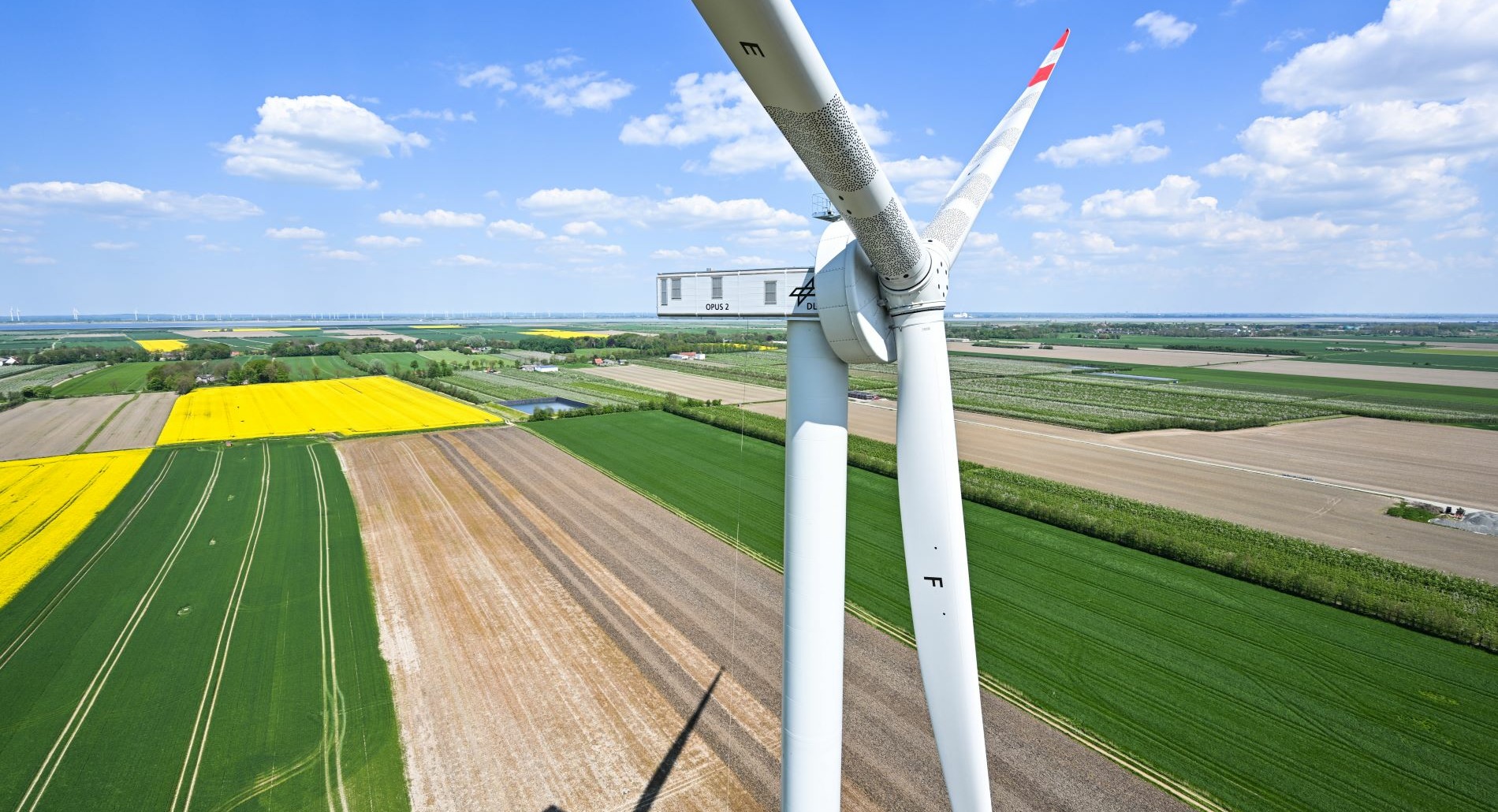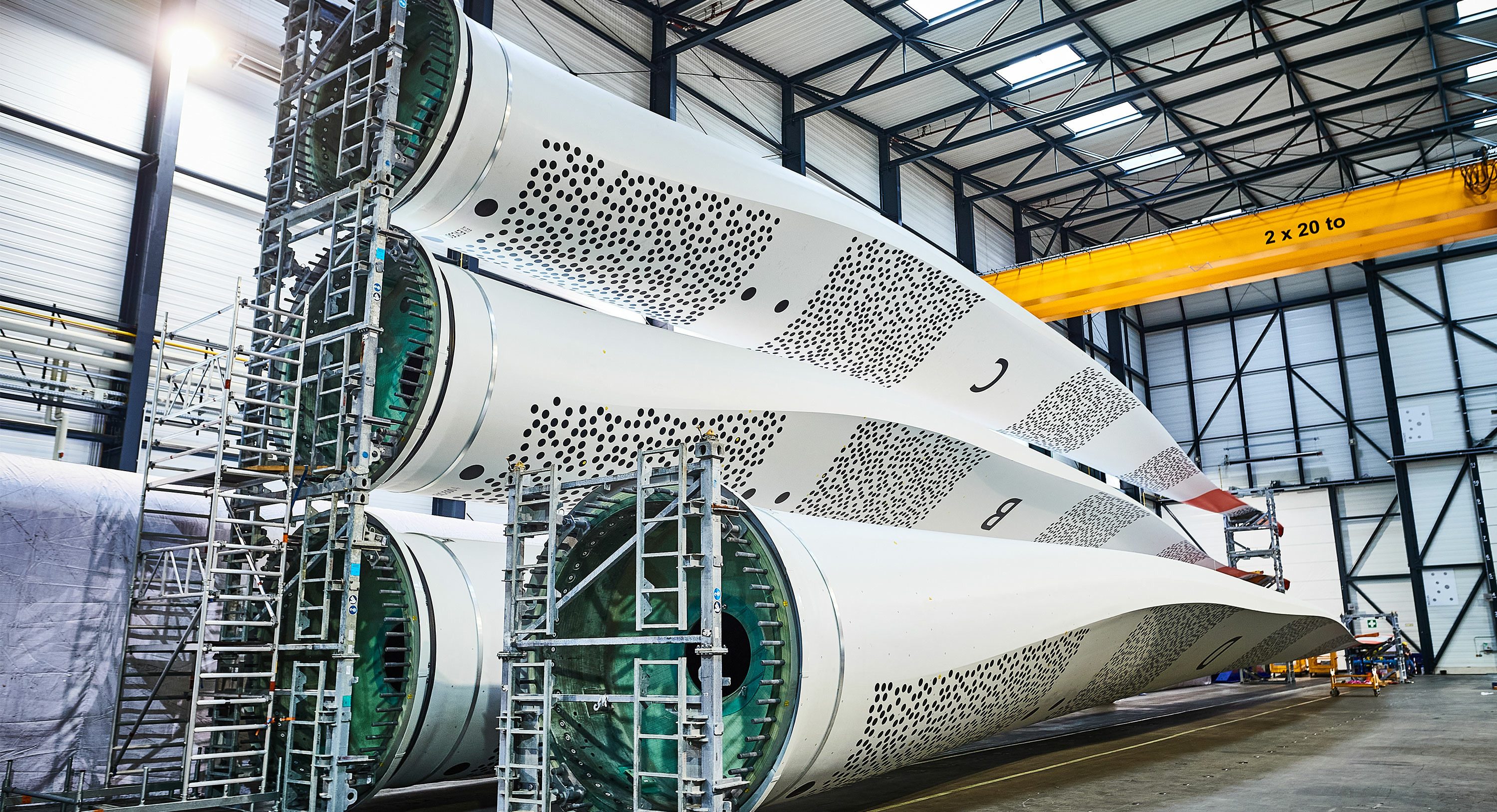Good reasons
The energy system of the future must be sustainable. As far as possible, it should produce no climate-impacting emissions and present no risks of major accidents or dangerous environmental impacts; energy should be inexpensive, socially acceptable and reliable in its provision. This requires highly efficient technologies for energy generation and use (see DLR Energy).
The EEG 2021 (Erneuerbare-Energie-Gesetz – Renewable Energy Sources Act) will anchor the goal that all electricity in Germany will be greenhouse gas neutral by 2050. This applies both to the electricity generated here and to the electricity consumed. Electricity supplied to Germany must also be greenhouse gas neutral if the European Union as a whole wants to achieve the goal of greenhouse gas neutrality. Along the way, the share of renewable energy is to increase to 65 percent by 2030, according to the coalition agreement.
In order to achieve national and international climate protection goals, renewable energy sources must not only be expanded, but the plants and facilities must also become more efficient and, as far as possible, emit no climate-impacting emissions. Science and research play a key role here because they can have a significant influence on development. At DLR, we are aware of this responsibility and see many good reasons to further advance energy research in all sectors.
The research wind farm in Krummendeich is funded by the Federal Ministry for Economic Affairs and Climate Action (BMWK) and the Lower Saxony Ministry of Science and Culture (MWK).






